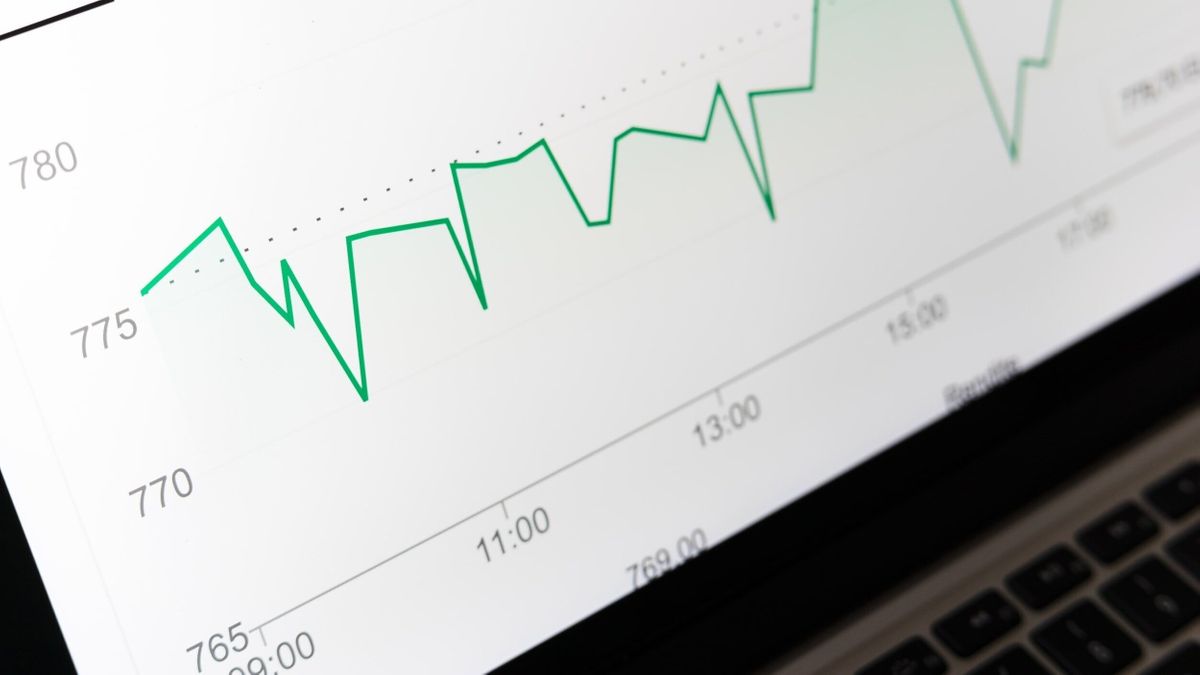Electricity and natural gas are the two common ways we power our buildings. The price of energy is often just accepted by customers, without knowledge about how these prices are set. This article will review some general things that go into setting utility rates. Keep in mind that these may vary by state since each state’s utilities are managed differently (e.g., regulated vs. deregulated), so be sure to look into the specifics for your state.
Electric and natural gas prices are set to reflect the costs for a utility to supply, generate, and distribute the energy to its customers. This includes things like costs to build, operate, and maintain distribution lines, power plants, and the power grid. Rates can also differ by customer type (residential, commercial, industrial) based on the amount of energy used. For example, an industrial customer likely uses significantly more electricity than a residential customer, and therefore might purchase their energy in bulk at a lower rate.
Utility rates are monitored and reviewed by a state’s public utilities/commerce/corporation commission or board (in California, a Public Utilities Commission, in Iowa, a Utilities Board, in Illinois, the Illinois Commerce Commission, in Arizona, the Arizona Corporation Commission), or a similar governing body. The processes to periodically review and adjust rates keep them from becoming so high that customers can’t afford them. Generally, this process includes:
The utility filing a request to the state utility commission to change a rate.
The commission (and potentially other interested organizations) reviewing the request to determine whether it is appropriate and reasonable.
The public and other entities having time to review and make comments about the utility rate case.
After considering all statements and arguments, the commission making a determination about the utility rate.
This process often takes months, and may look different in each state based on regulation/deregulation, previous policies in place, and others involved. Designing rates is nuanced to make sure that customers pay fair prices, utilities make a reasonable yet fair profit for their shareholders, and utilities have an incentive to be more efficient and not just keep building new infrastructure.
Energy prices actually fluctuate throughout the day based on how power is provided to meet the need (i.e., whether a utility needs to power up a peaker plant to meet high demand during a hot summer afternoon when everyone’s using AC), but customers typically pay the average rate set by the utility and state commission. To incentivize lower energy use, especially during high usage times, some utilities have created time-of-use plans. These plans charge customers different rates based on when energy is used - a customer may pay a lower rate during overnight hours, and a higher rate during the mid- to late-afternoon hours when more people are using energy. This type of dynamic rate plan encourages customers to be mindful of their usage, and rewards efficient behavior with savings. The Fusebox team can review and help determine if you’re on the best rate plan for your organization; if you have questions, reach out!
Check out Laurel’s other blog posts!
- What is a Regulated vs. Deregulated Utility?
- Incentives for Solar and Renewables
- On-Site Solar vs. Community Solar - What Should You Do?
- Energy Benchmarking Is Becoming Mainstream
- The Cost of Water is Increasing…Now What?
- Gift-Giving For The Energy and Sustainability-Minded
- Water Reuse is Water Conservation!
- Tracking and Reducing Water Use in Your Building
- Teachers as Energy Conservation Champions in Schools
- Plug Loads and Commercial Office Tenants
- Communicating Energy Conservation With Residential Tenants
- Water, Waste, and Cleaning Of Buildings In A Post-COVID World
- Energy Management In Buildings In A Post-COVID World

